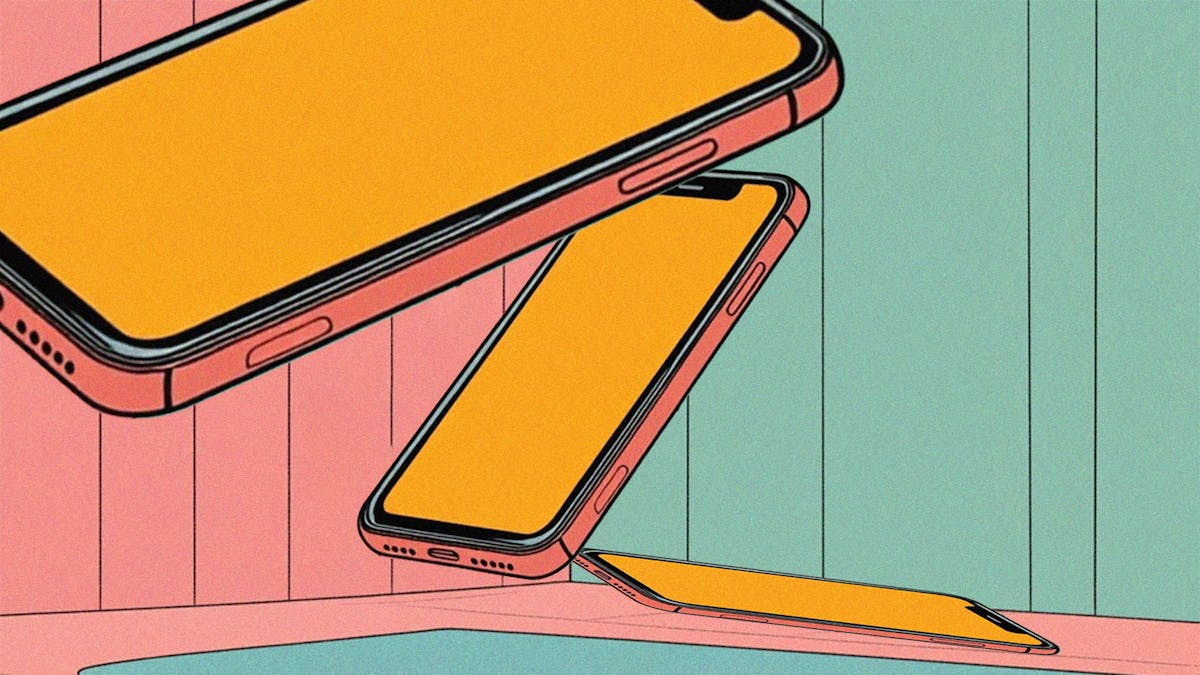Breaking: Apple's iPhone Lineup Set for Radical Transformation

Apple is set to revolutionize its iPhone lineup with bold, innovative designs that promise to break away from its traditional incremental updates. Industry insiders anticipate a groundbreaking transformation in the company's smartphone strategy over the next few years.
Later this year, Apple is expected to unveil an ultrathin iPhone model that could redefine sleekness and portability. But the real excitement builds around the company's ambitious plans for a foldable phone, projected to debut in 2026. This potential game-changer signals Apple's commitment to pushing technological boundaries and exploring new form factors.
Moreover, the tech giant is preparing to shake up its release strategy, with plans to introduce more premium, feature-rich devices that could command higher price points. These strategic moves suggest Apple is not just iterating on existing designs, but fundamentally reimagining what a smartphone can be in the coming years.
As the smartphone market continues to evolve, Apple appears poised to lead the charge with these innovative approaches, potentially setting new standards for mobile device design and functionality.
